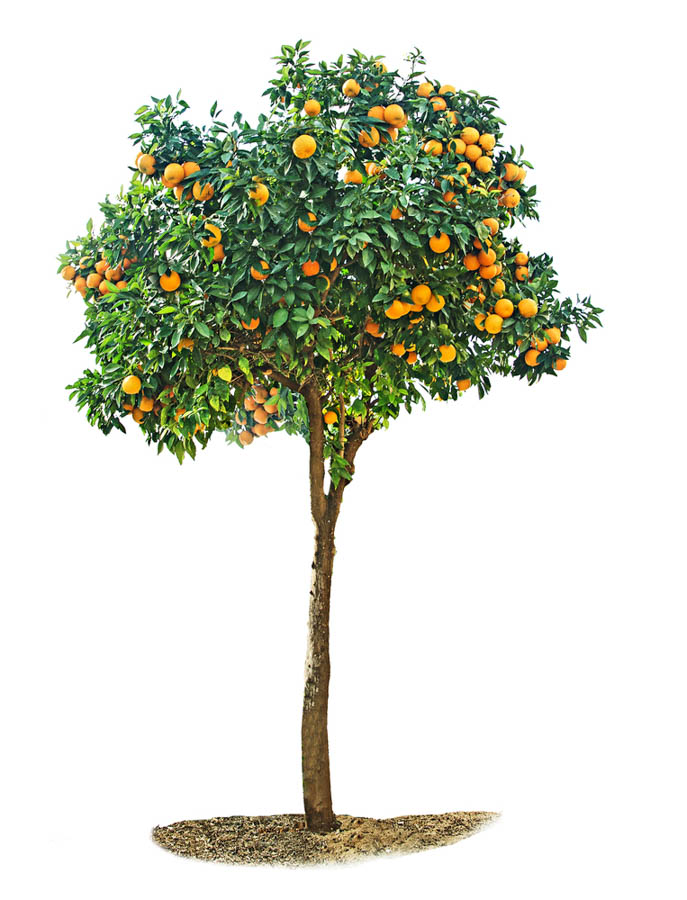Pruning Citrus Trees: the Why, the When and the How

Pruning Citrus Trees is important to encourage fruiting, to maintain tree health and to control size and accessibility for harvest. GardenZeus recommends pruning young citrus trees somewhat differently than pruning mature citrus trees.
To Improve and Maintain Structure and Form of Young Trees. Prune young trees for structure and form over the first 1 to 2 years after planting. Avoid removing more than 25% of a young tree’s leaf surface at a given time, and allow 2 to 4 months for recovery after aggressive pruning. Remove blooms and fruit for the first few years to redirect energy into vegetative growth and root establishment. Removing rootstock suckers is particularly important when trees are young because suckers slow the growth of grafted wood and if allowed to persist, may result in the rootstock casting off the scion, allowing the desirable fruiting wood to die. Remove watersprouts, which are fast-growing vertical shoots, especially from rootstocks or below grafts, on both young and mature trees.
To Encourage Fruit Production and Manage Size of Older Trees. Pruning priorities for the home gardener or orchardist are often production of fruiting wood for yield, tree health, accessibility for harvest, and size management.
Flowering and fruiting occurs on new wood in citrus, so for optimized yields, it’s important to encourage new growth by pruning citrus at least once per year.
Be cautious when pruning trees that are flowering or fruiting to avoid reducing yield—the flowers you might cut without thinking are your future fruits! The citrus pictured below should not be pruned until all the fruit has been harvested. Avoid pruning during hot weather when trees are stressed. Unlike deciduous fruit trees, pruning for citrus should be minimized or avoided during winter because energy and nutrients for fruiting are stored over winter in the leaves, twigs, and branches of citrus trees.
Avoid removing more than 15% of leaf surface at one time from mature citrus trees.
Avoid thinning or removing significant portions of canopy, especially those that shade internal branches from southern and western direct sun. Citrus cambium is sensitive to sunburn. Trunks and major branches should be shaded by the tree’s own canopy or painted to prevent dead stem sections, which are common on citrus stems with south-facing and west-facing exposure.
Mature citrus trees naturally tend to grow branches that cross and become entangled. While it is best to avoid crossing in structural branches and those of 1 inch or greater diameter, it may not be worth the effort or cost to maintain entirely untangled canopies, especially for large or long-neglected trees. Admitting direct sunlight onto internal branches can cause cambial death and negatively affect the health and yield of citrus trees.
The skirt of an orange tree, meaning the low branches and/or those near the ground, can be highly productive, so consider pruning minimally or selectively in this area. When planting space allows, GardenZeus recommends maintaining as large or full a skirt as possible to increase citrus yield.
Pruning and trimming can be done at any time of year to remove dead, diseased, weak, or crossing branches; watersprouts; and rootstock suckers.
GardenZeus has customized growing information by plant and zip code. To get started, enter your zip code here.
Other articles of interest:
Why Are Leaves Curling on My Orange and Lemon Trees?
Why Are Leaves on My Lemon Tree Turning Yellow?
